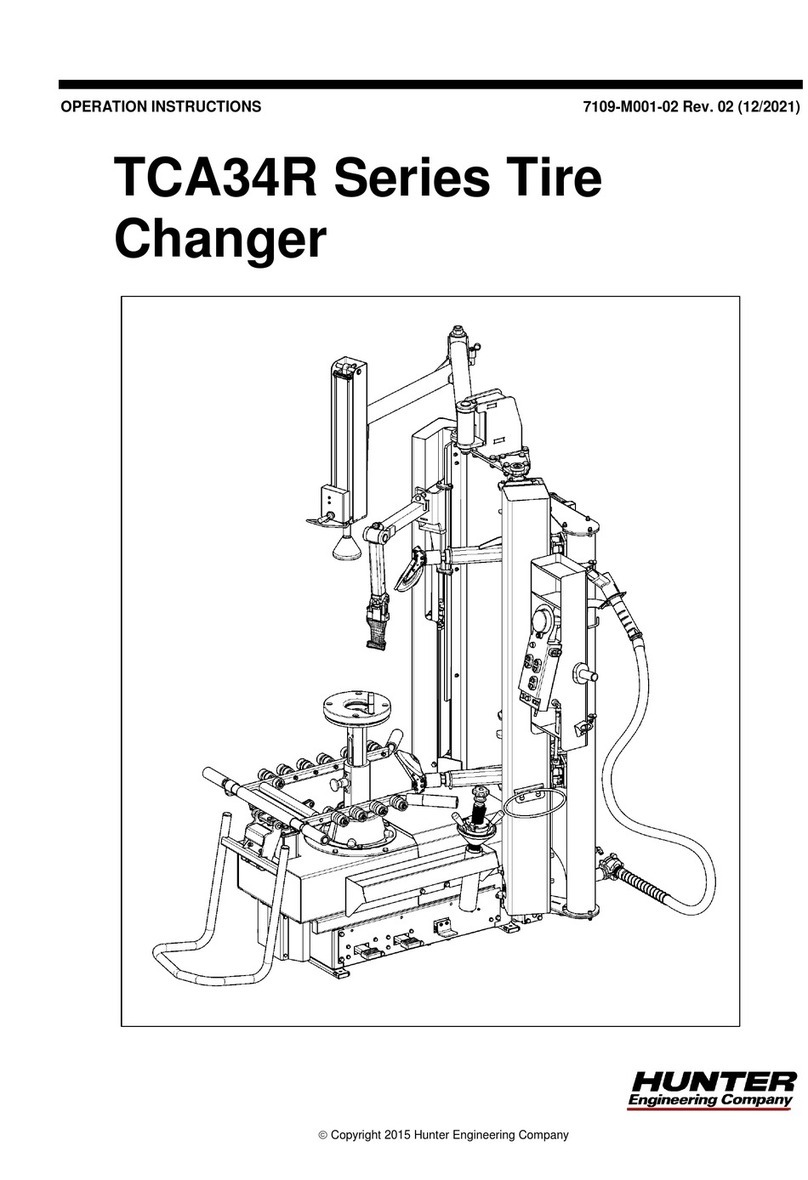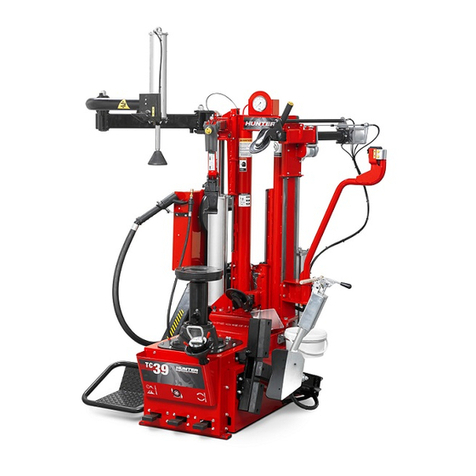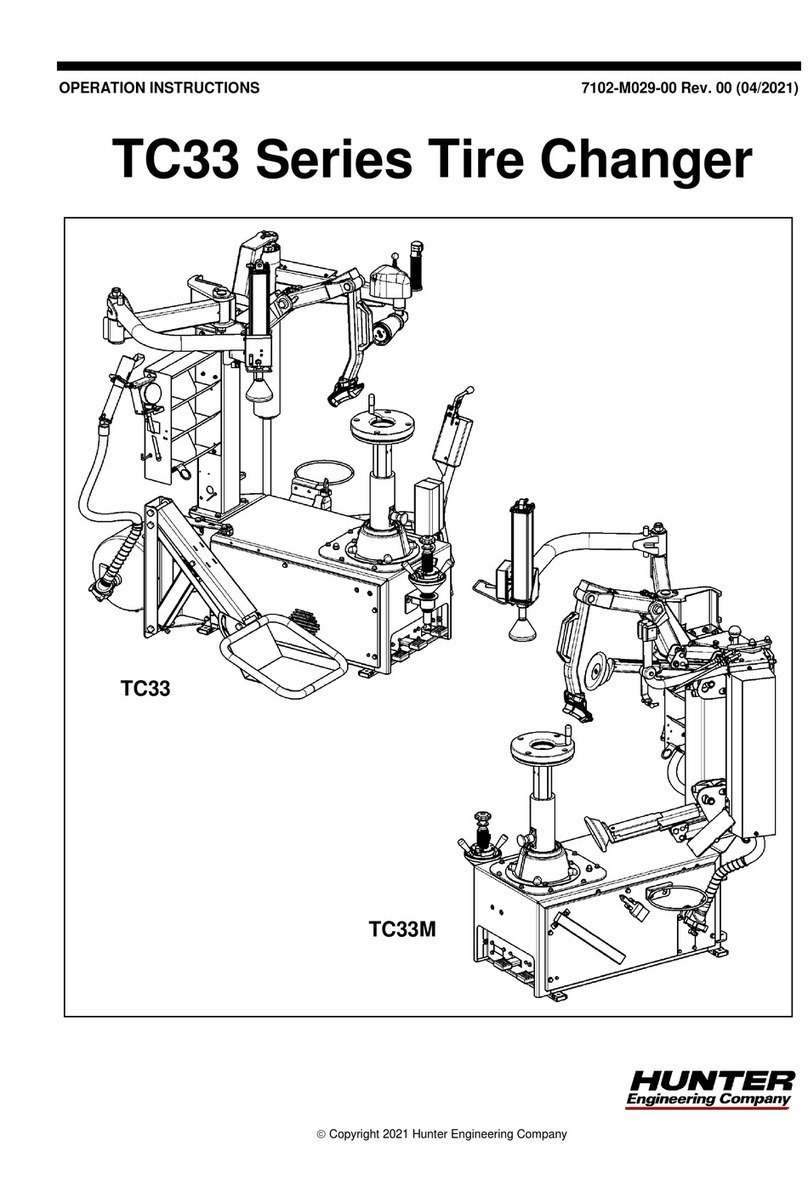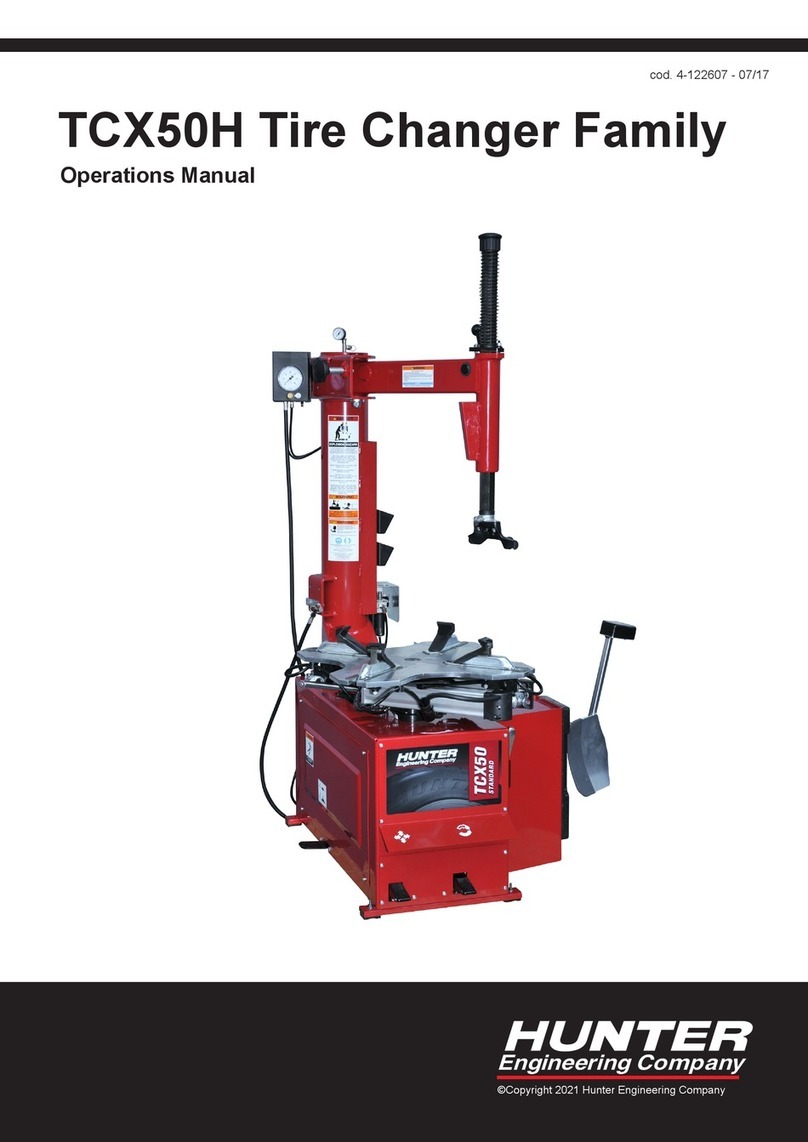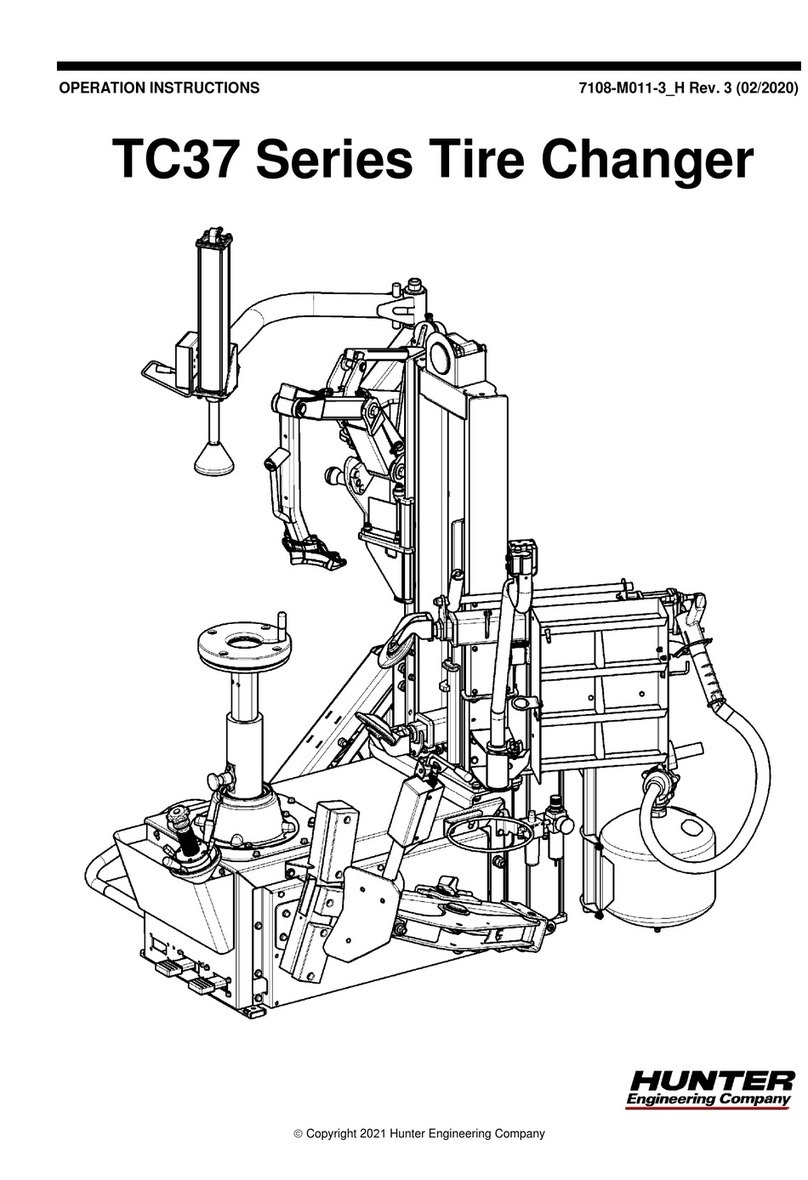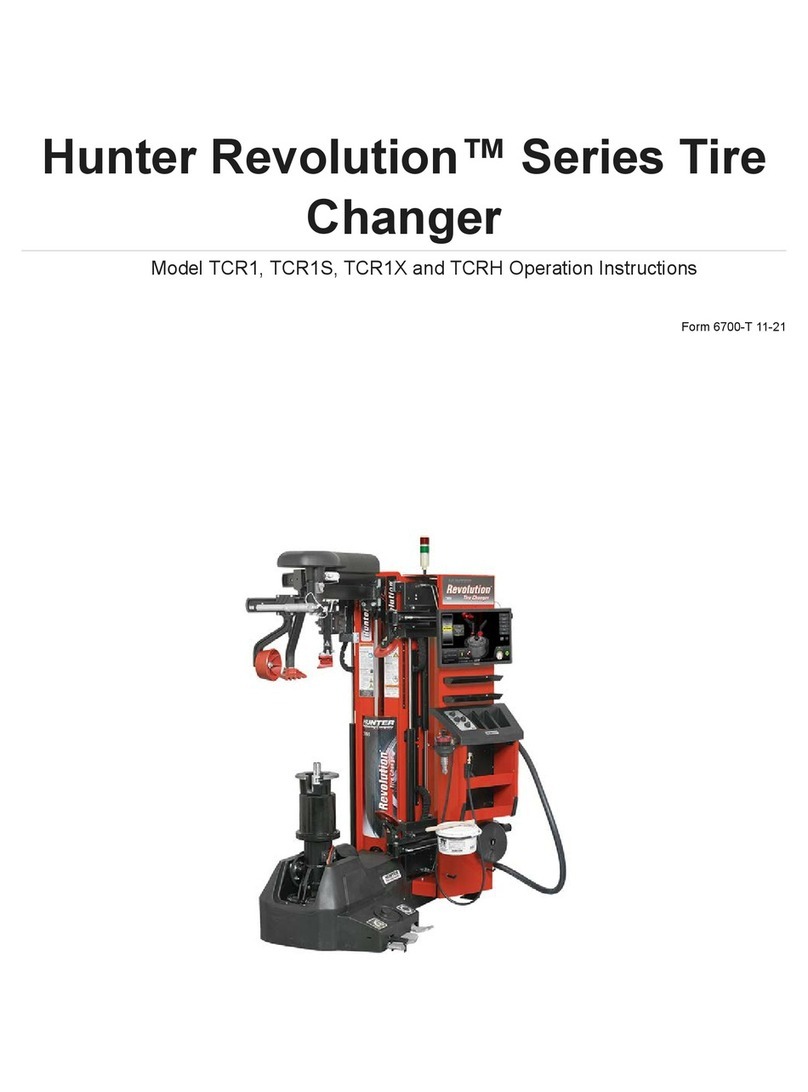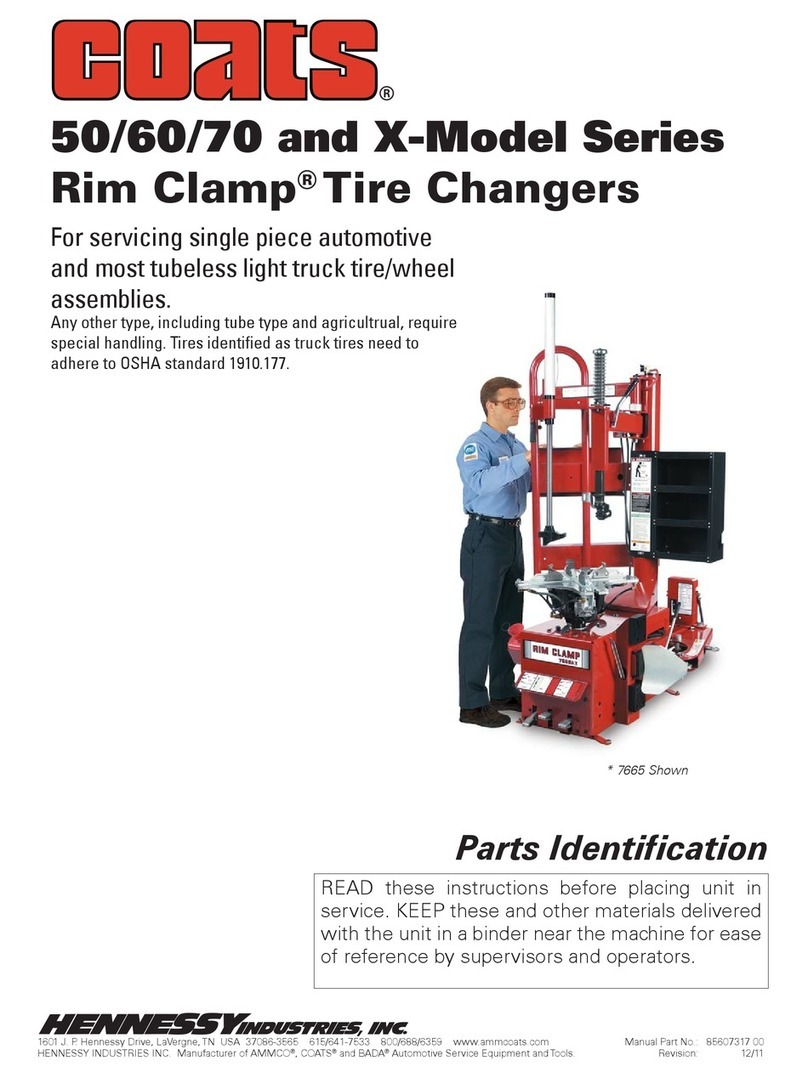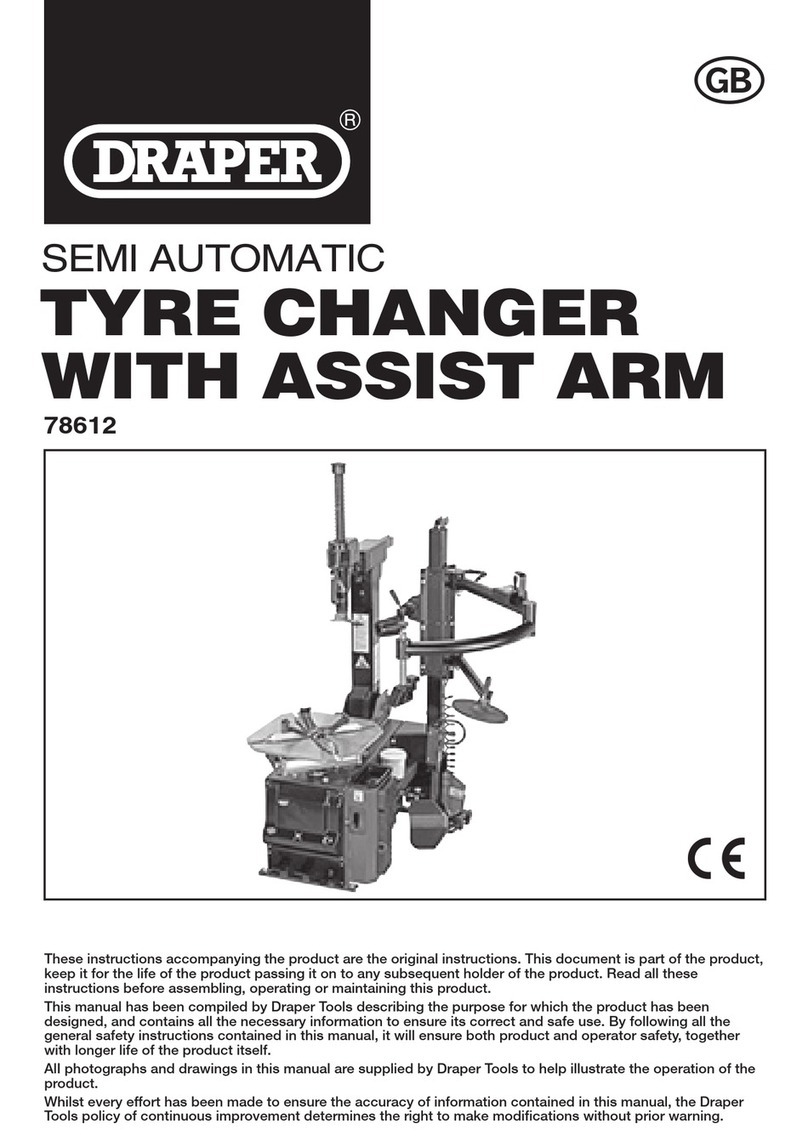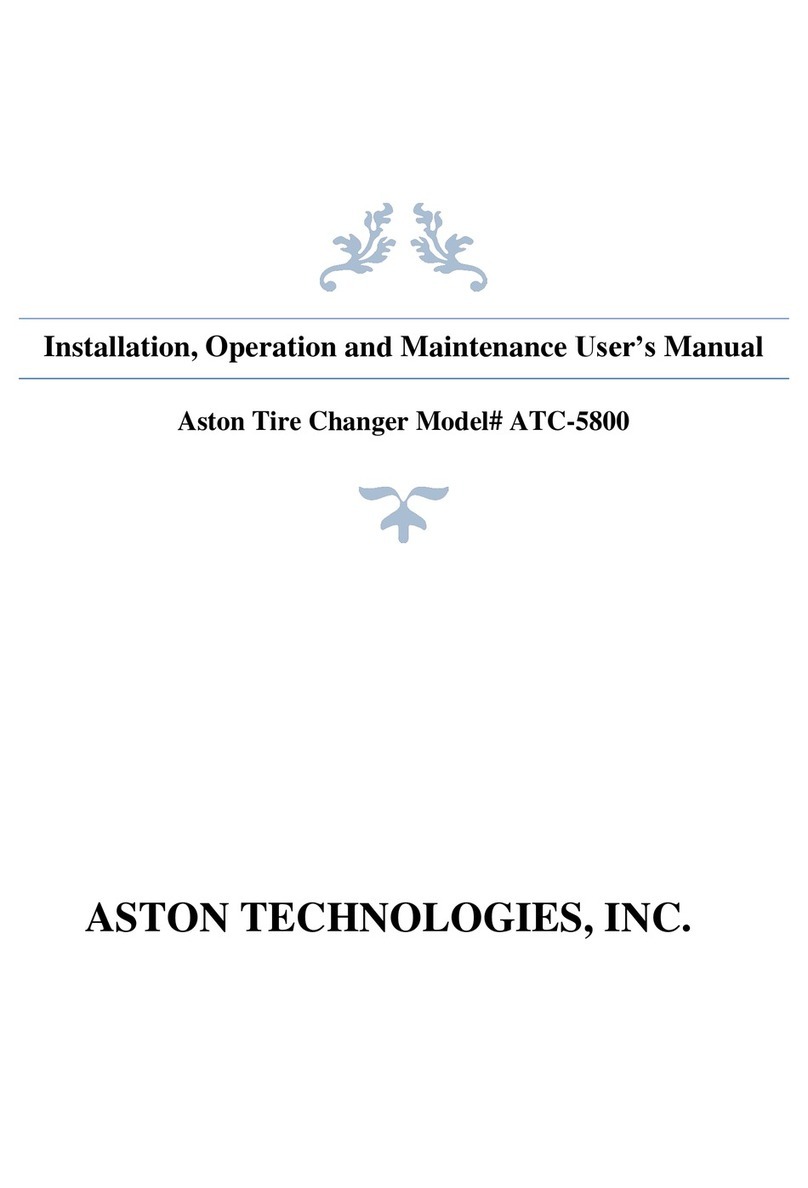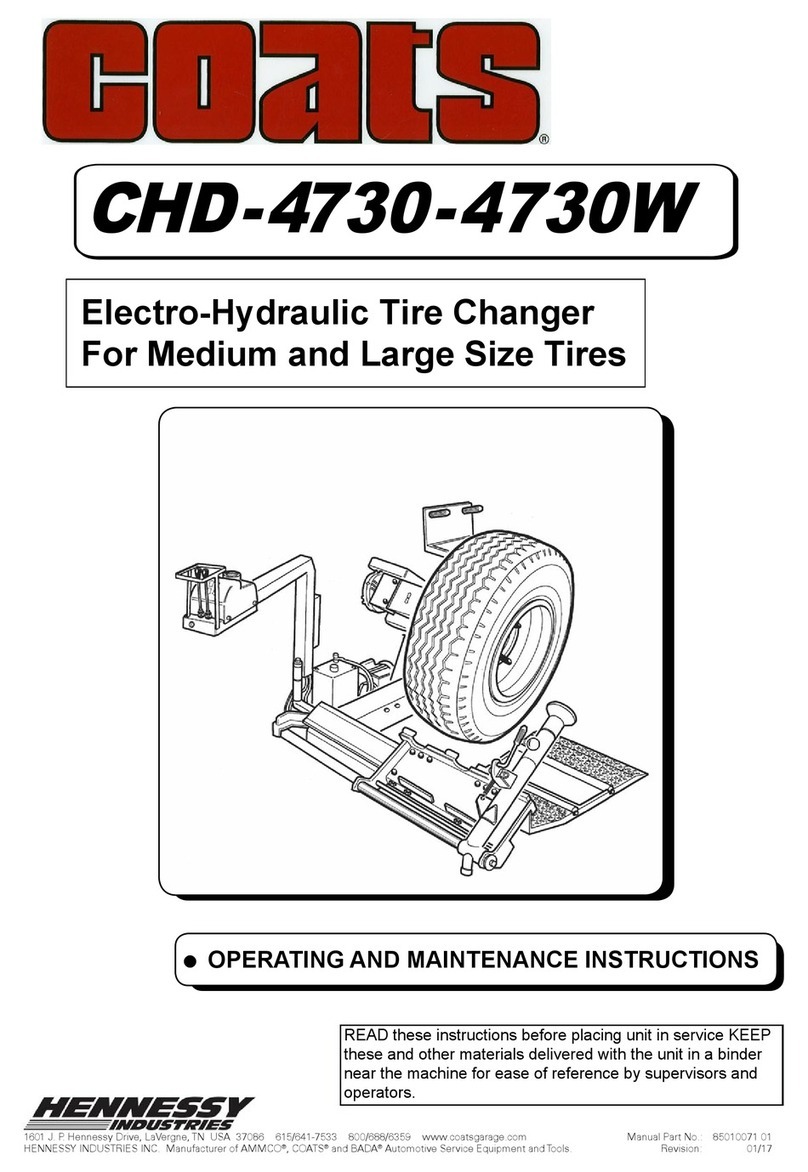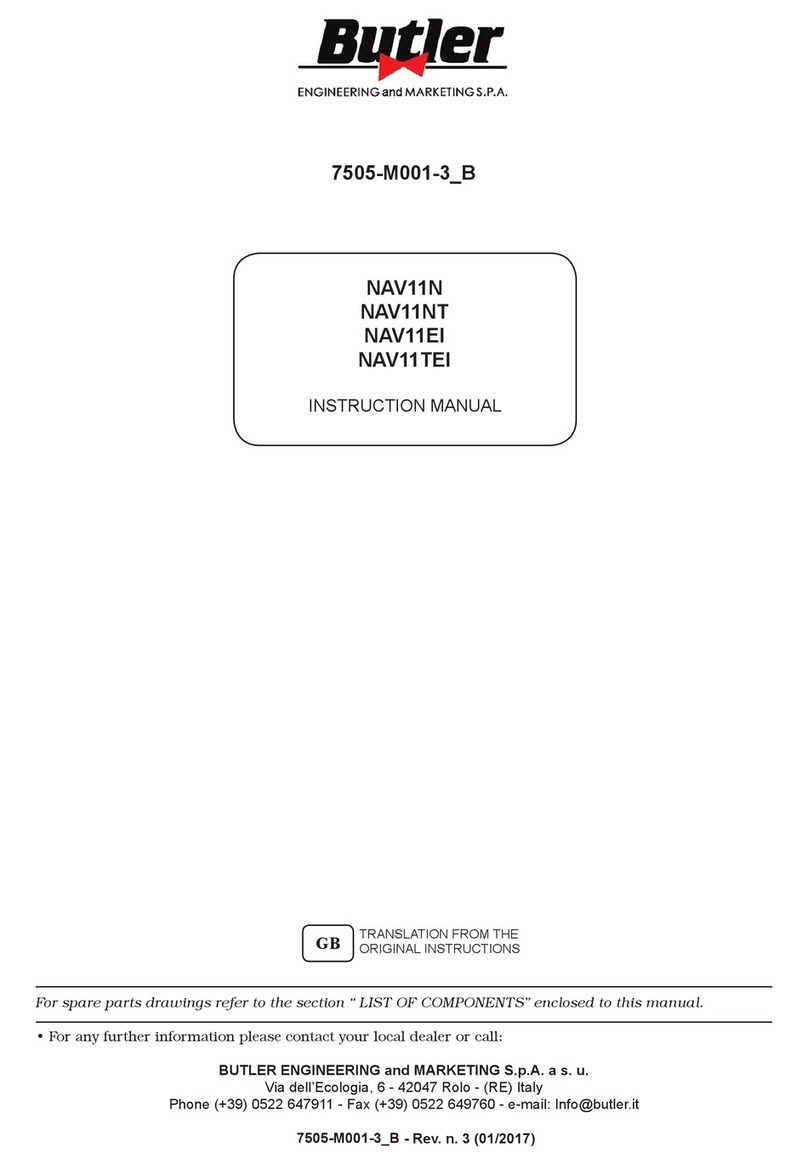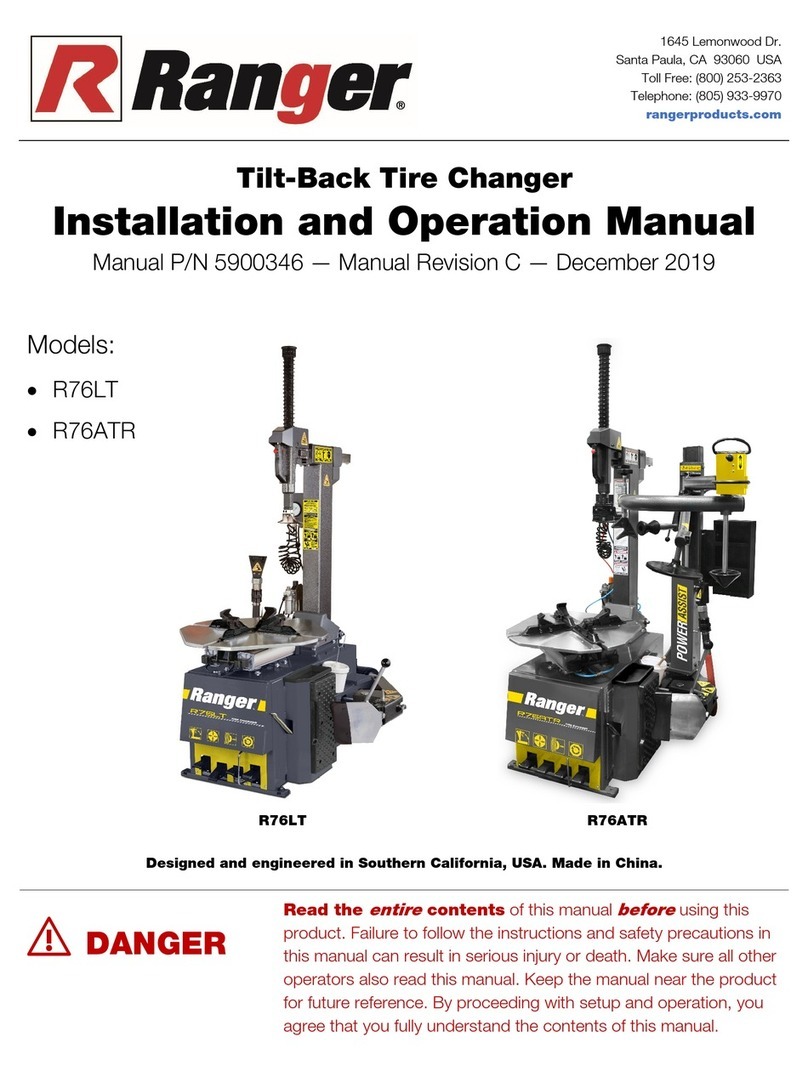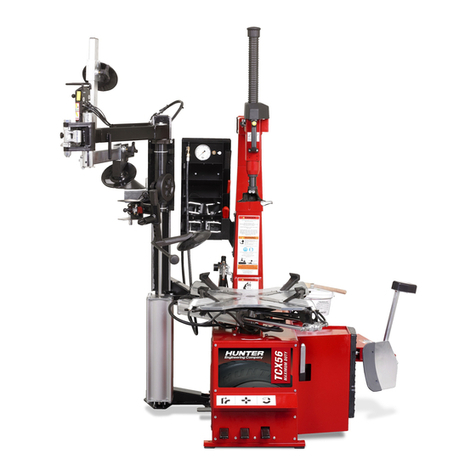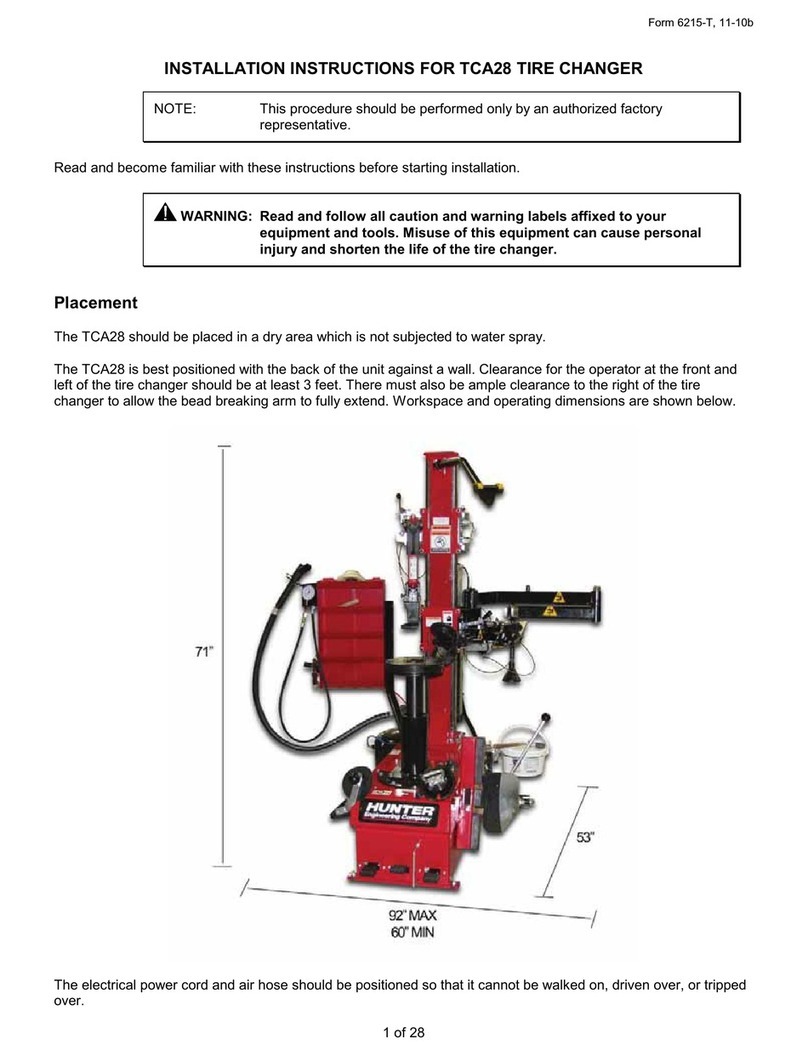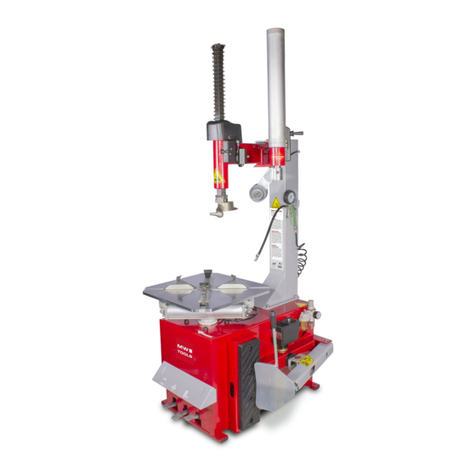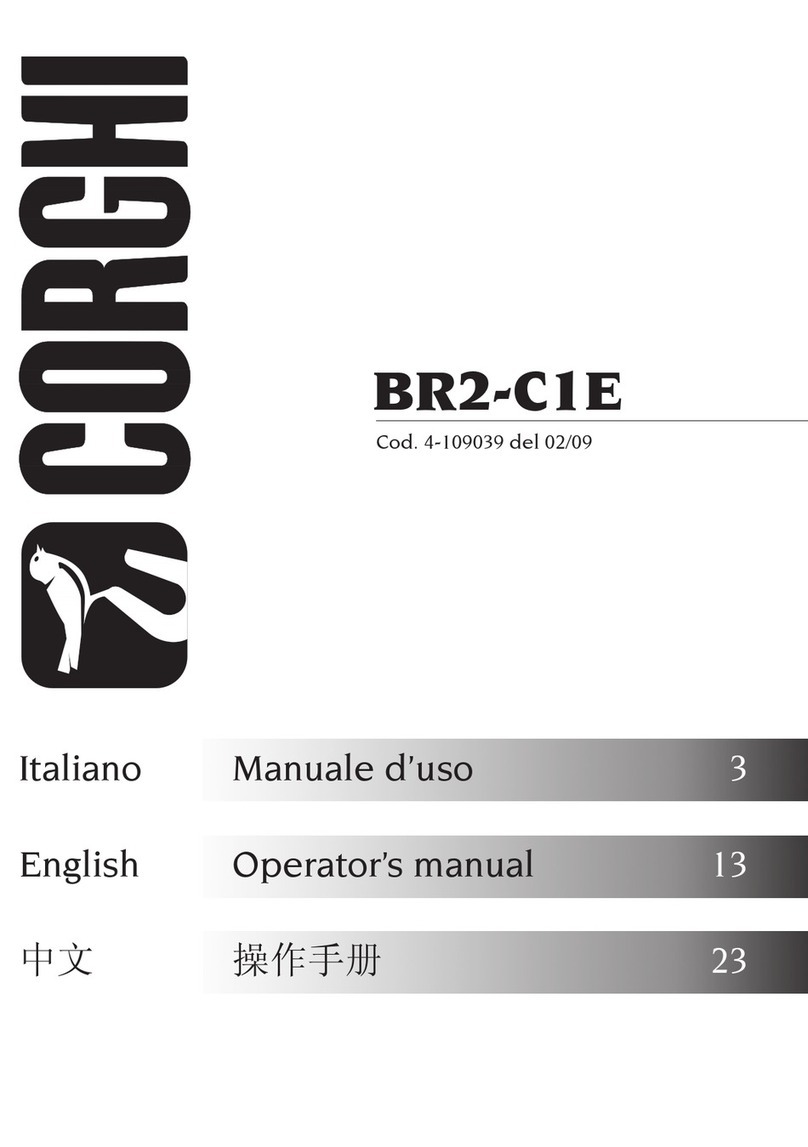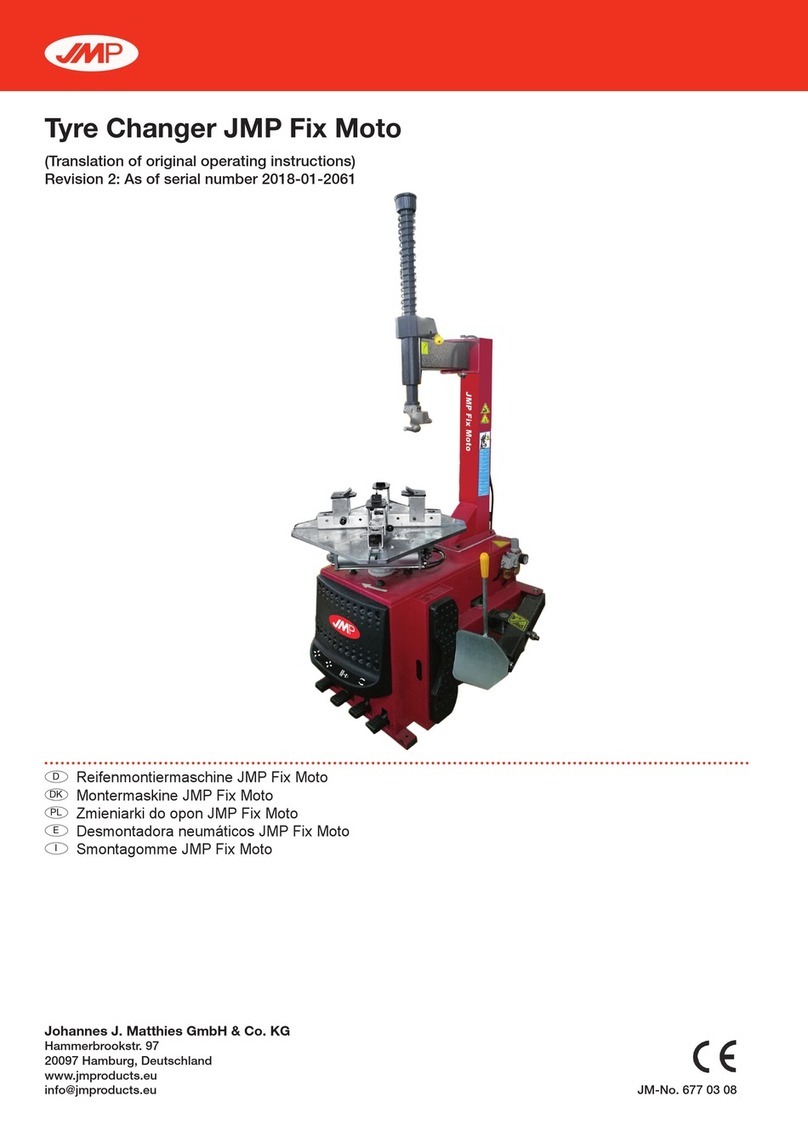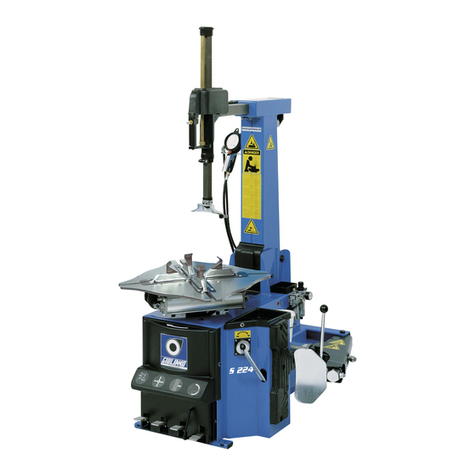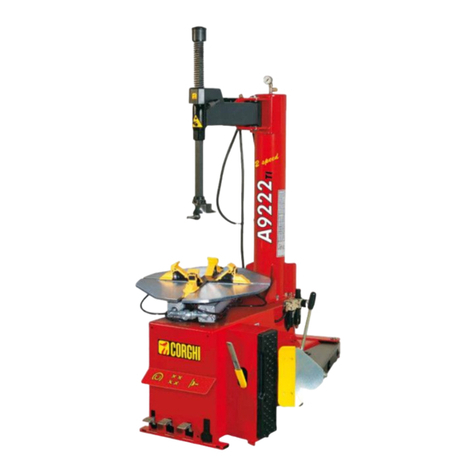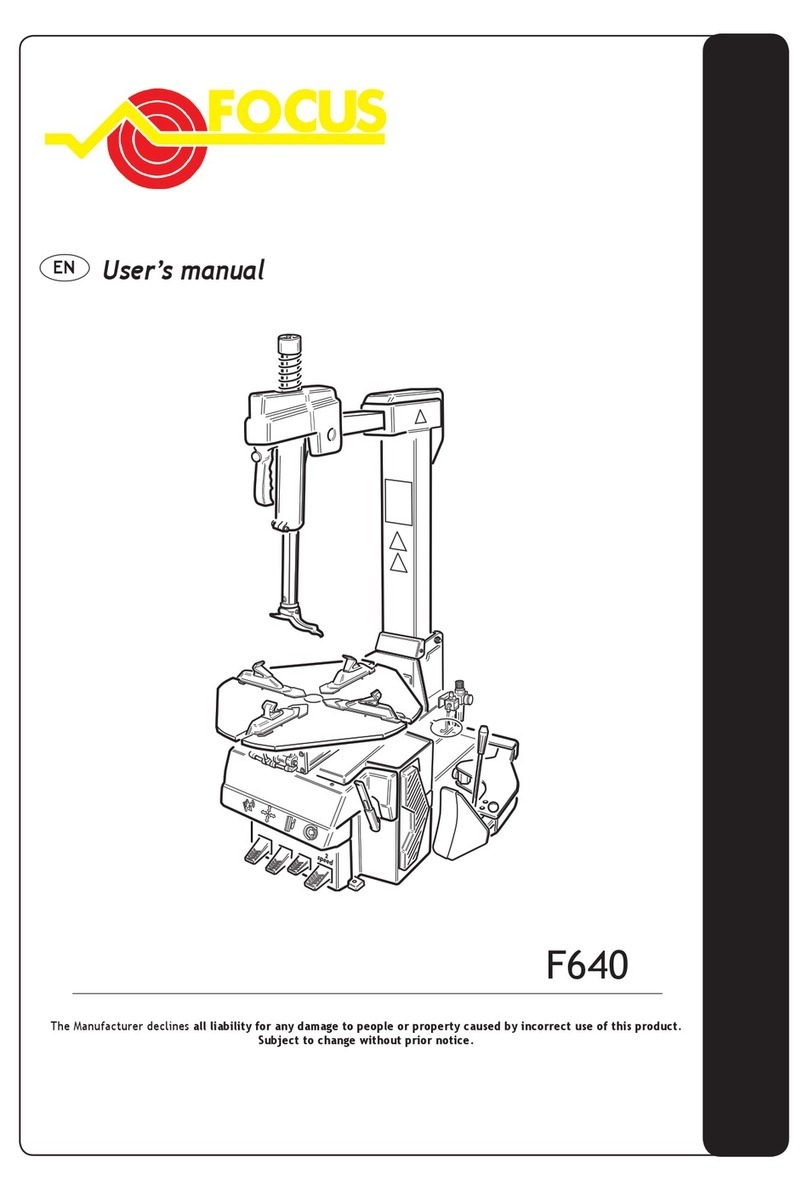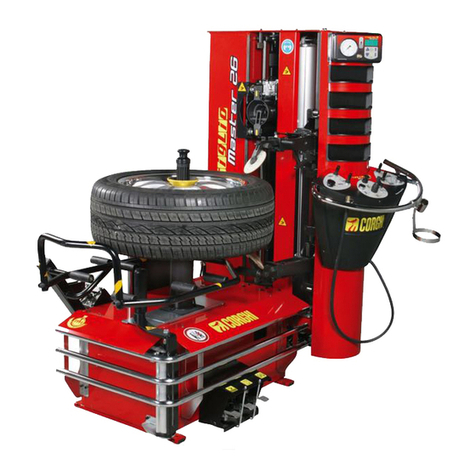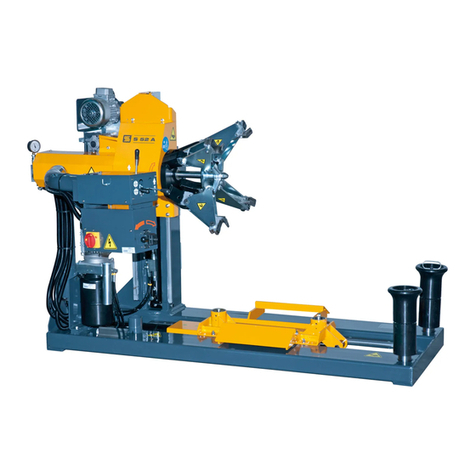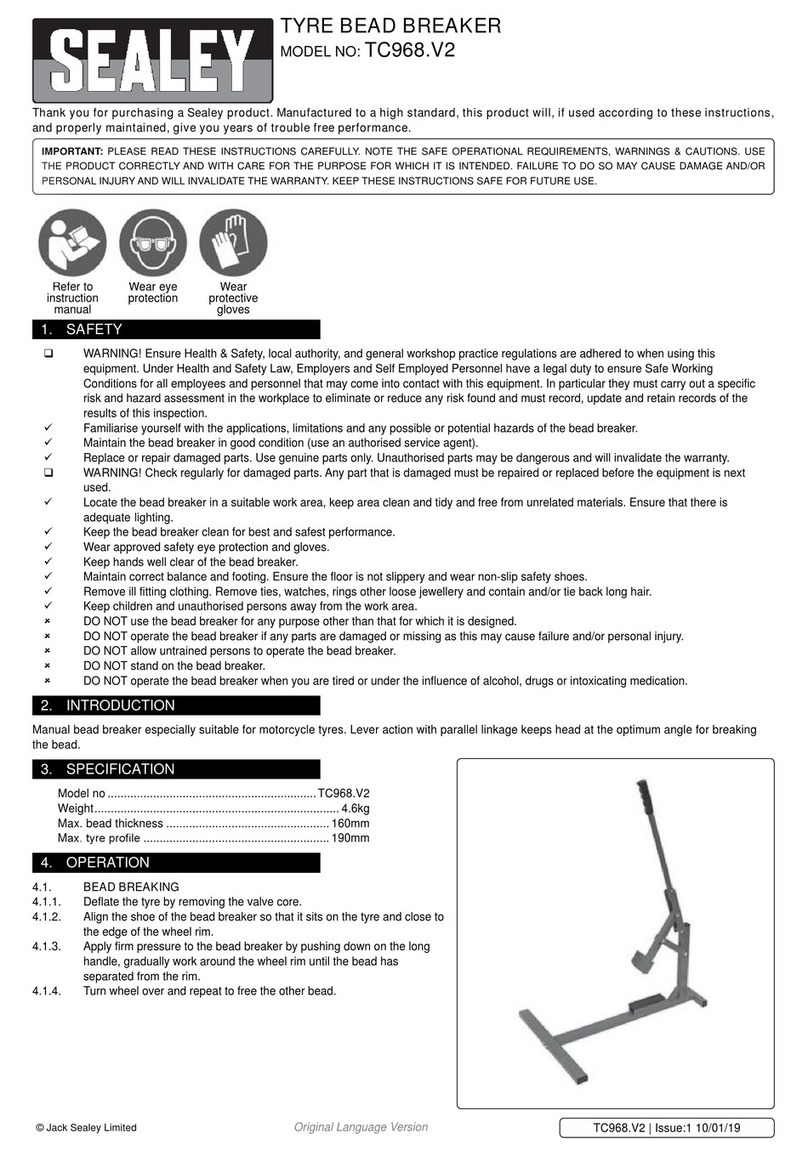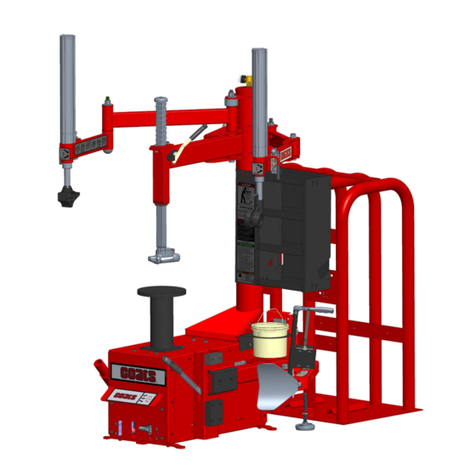
Contents
1. Getting Started ......................................................................................... 8
1.1 Introduction........................................................................................................ 8
1.1.a – PURPOSE OF THE MANUAL...................................................... 8
1.2 For Your Safety ................................................................................................. 9
Hazard Denitions ................................................................................... 9
1.3 General Warnings and Instructions .................................................................. 9
Electrical Indications .............................................................................. 13
Specic Precautions/Power Source....................................................... 14
Equipment installation and service......................................................... 14
Equipment specication ......................................................................... 14
Explanations of symbols ........................................................................ 14
1.3.b. Air Pressures................................................................................ 15
1.4 Special Rim/Tire Considerations ..................................................................... 15
1.5 Intended Use of The Machine ......................................................................... 15
1.6 Employee Training........................................................................................... 16
1.7 Pre-Use Checks .............................................................................................. 16
1.8 During Use ...................................................................................................... 16
1.9 Control Pedal Congurations ......................................................................... 17
1.10 Wheel Rotation Pedal ................................................................................... 17
1.11 Tire Bead Breaker Shovel control.................................................................. 17
1.12 Wheel Clamping Pedal.................................................................................. 18
1.13 Air Ination Pedal .......................................................................................... 18
1.14 Moving Parts ................................................................................................. 19
1.15 Inator and Pressure Limiter ........................................................................ 19
1.16 Mount / Demount Head ................................................................................. 20
1.17 Equipment Components................................................................................ 21
2. Basic Procedures .................................................................................. 22
2.1 Bead Breaking................................................................................................. 22
2.2 Placing Wheel on Tire Changer ...................................................................... 23
Clamping the Wheel from Inside of Rim - Steel Rims ........................... 23
Clamping the Wheel from Outside of Rim - Alloy Rims ......................... 23
2.3 Demounting Standard Tire from Rim .............................................................. 25
Standard Mount / Demount Head ......................................................... 25
PLASTIC PROTECTORS BEAD LEVER .............................................. 25
Leverless version ................................................................................... 26
Lockable arm.......................................................................................... 26
Demount the Outer Bead ....................................................................... 27
Difcult Tires .......................................................................................... 29
Leverless / Demount Head - Bottom Bead............................................. 31
2.4 Mounting Standard Tire to Rim ....................................................................... 32
Mount a standard tire to rim ................................................................... 33
Difcult tires............................................................................................ 34
2.5 Tire Ination .................................................................................................... 35
Special procedure .................................................................................. 36
2.6 Removal of Wheel from Tire Changer ............................................................ 38
2.7 Optional Clamping Jaw Extensions................................................................. 39
3. Advanced Procedures ........................................................................... 40
3.1 Advanced Bead Breaking Procedures ............................................................ 40
Bead Breaking “AH” Wheels (e.g. BMW M3, M5, Some Porsches, Range
Rover, Lancia, etc.) ............................................................................... 40
Bead Breaking “AH” Wheels as follows: ............................................... 40
